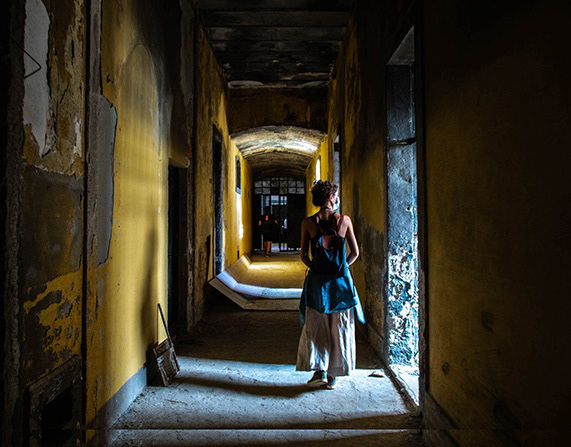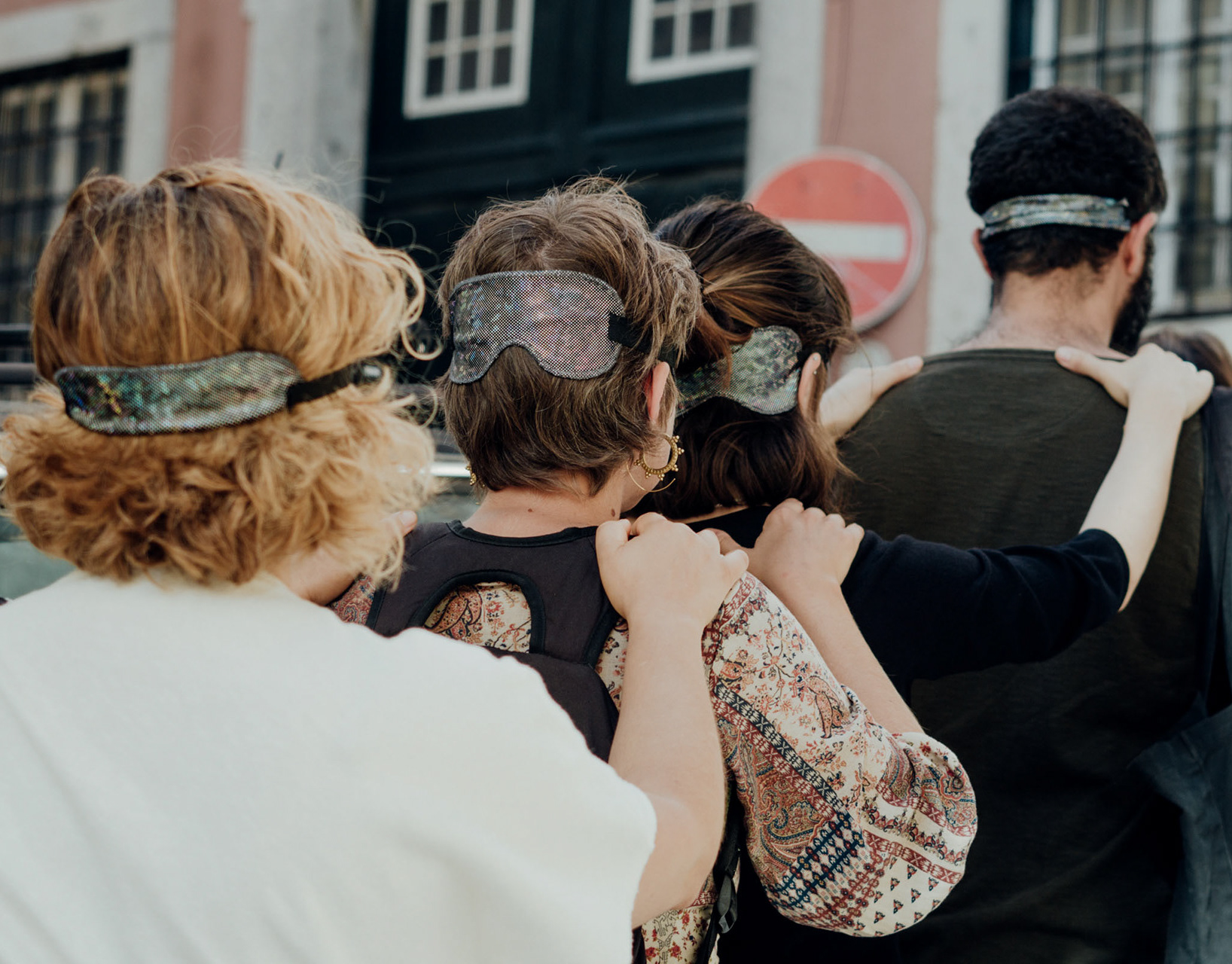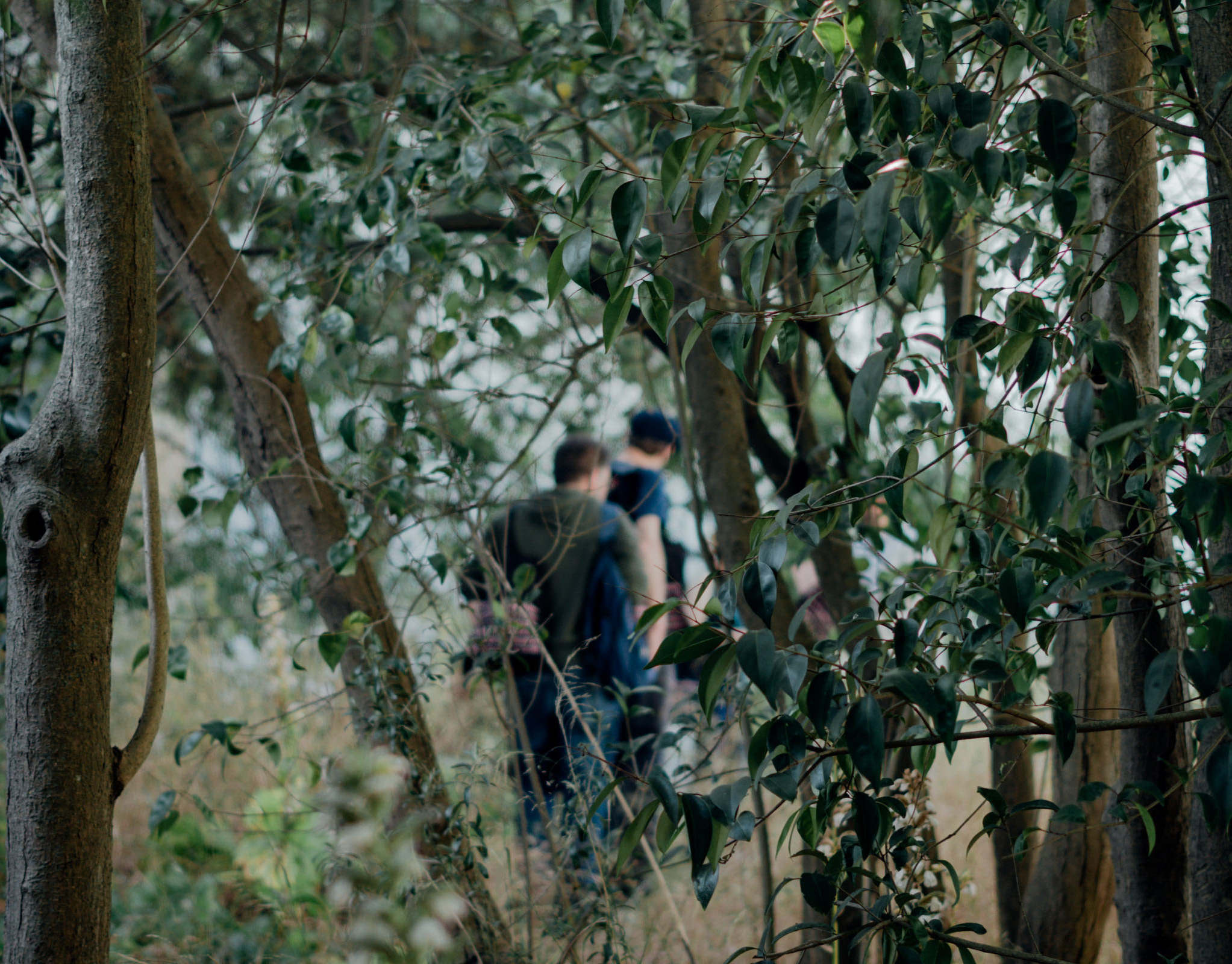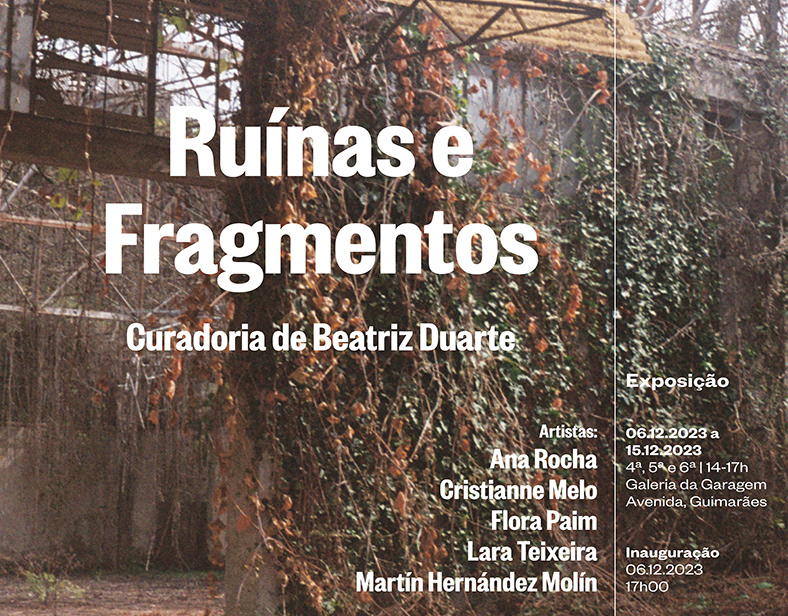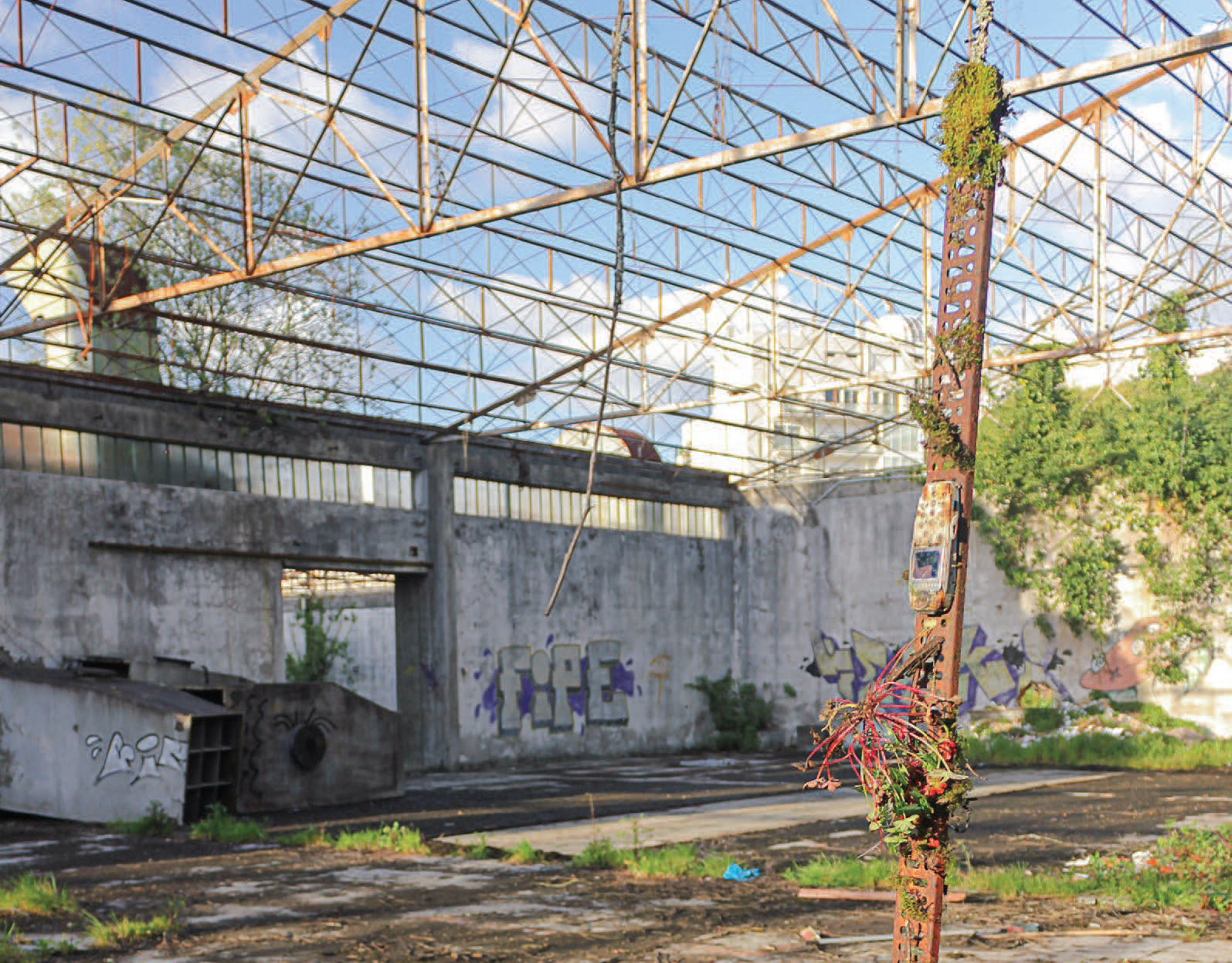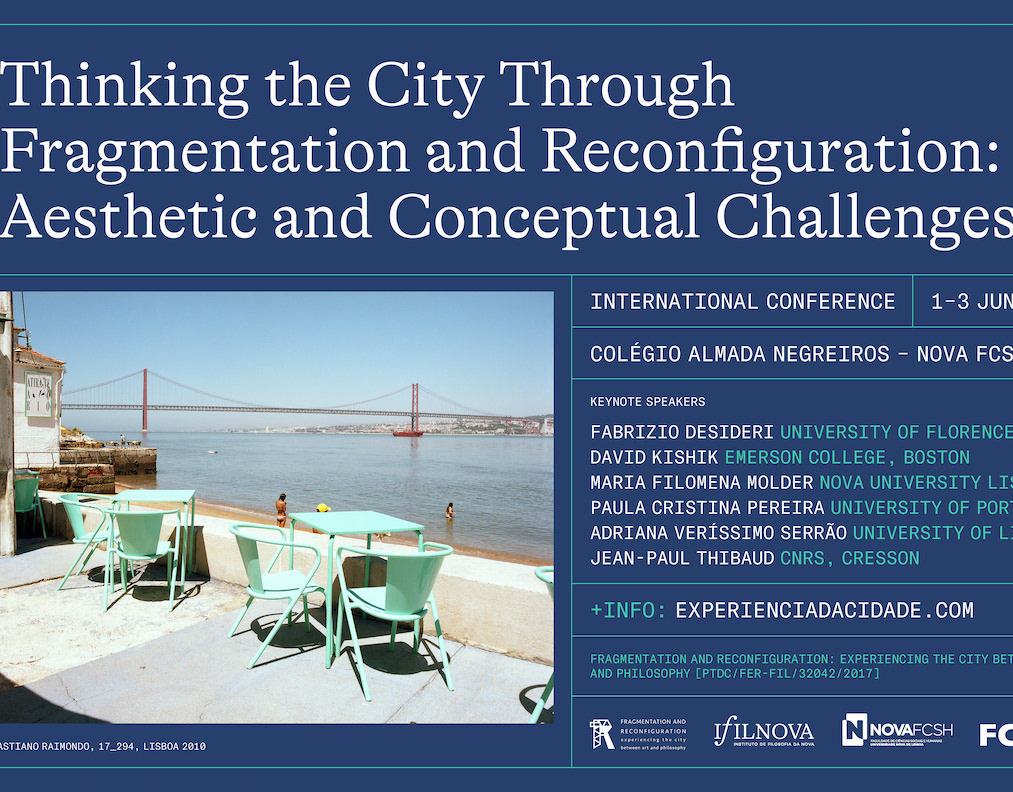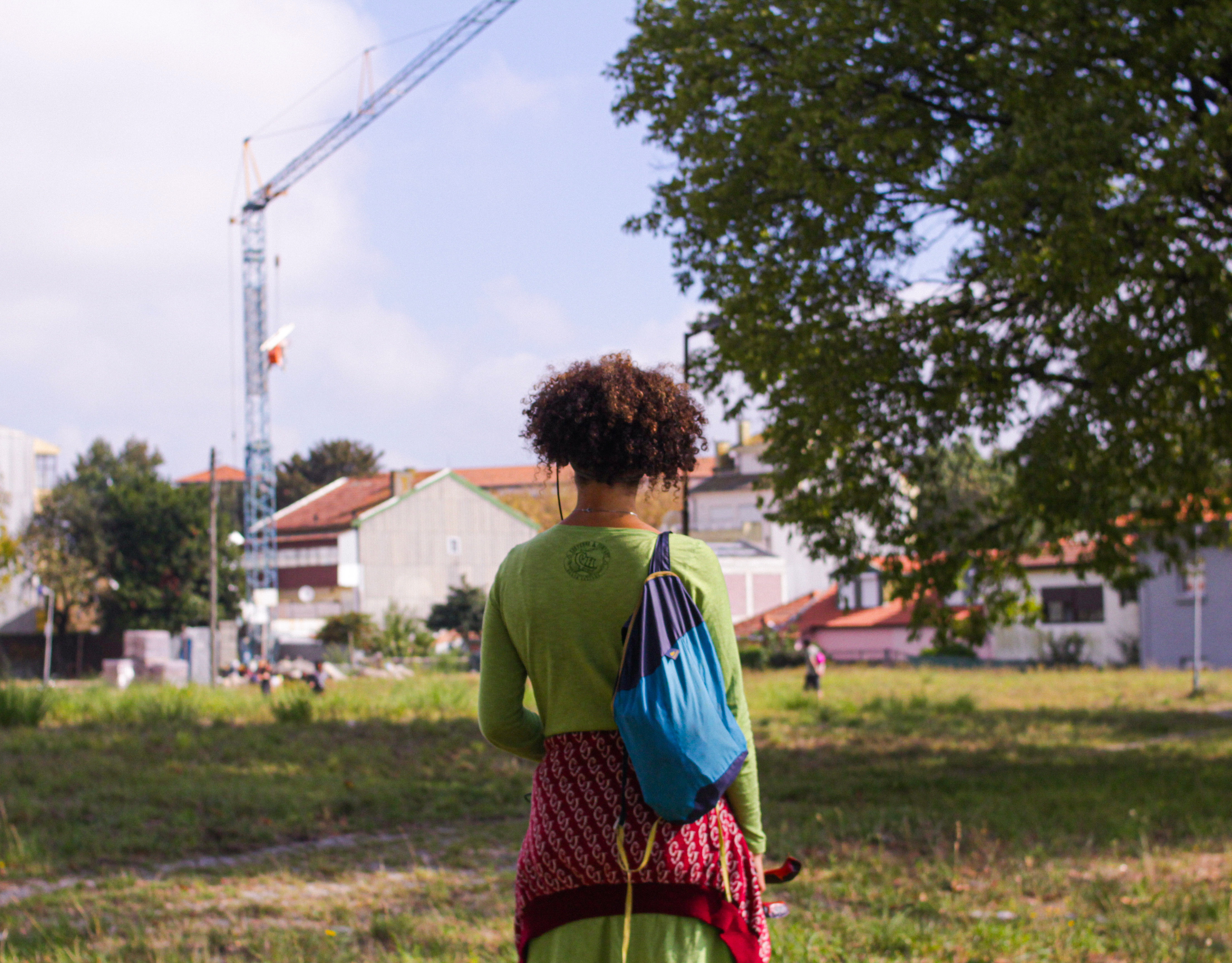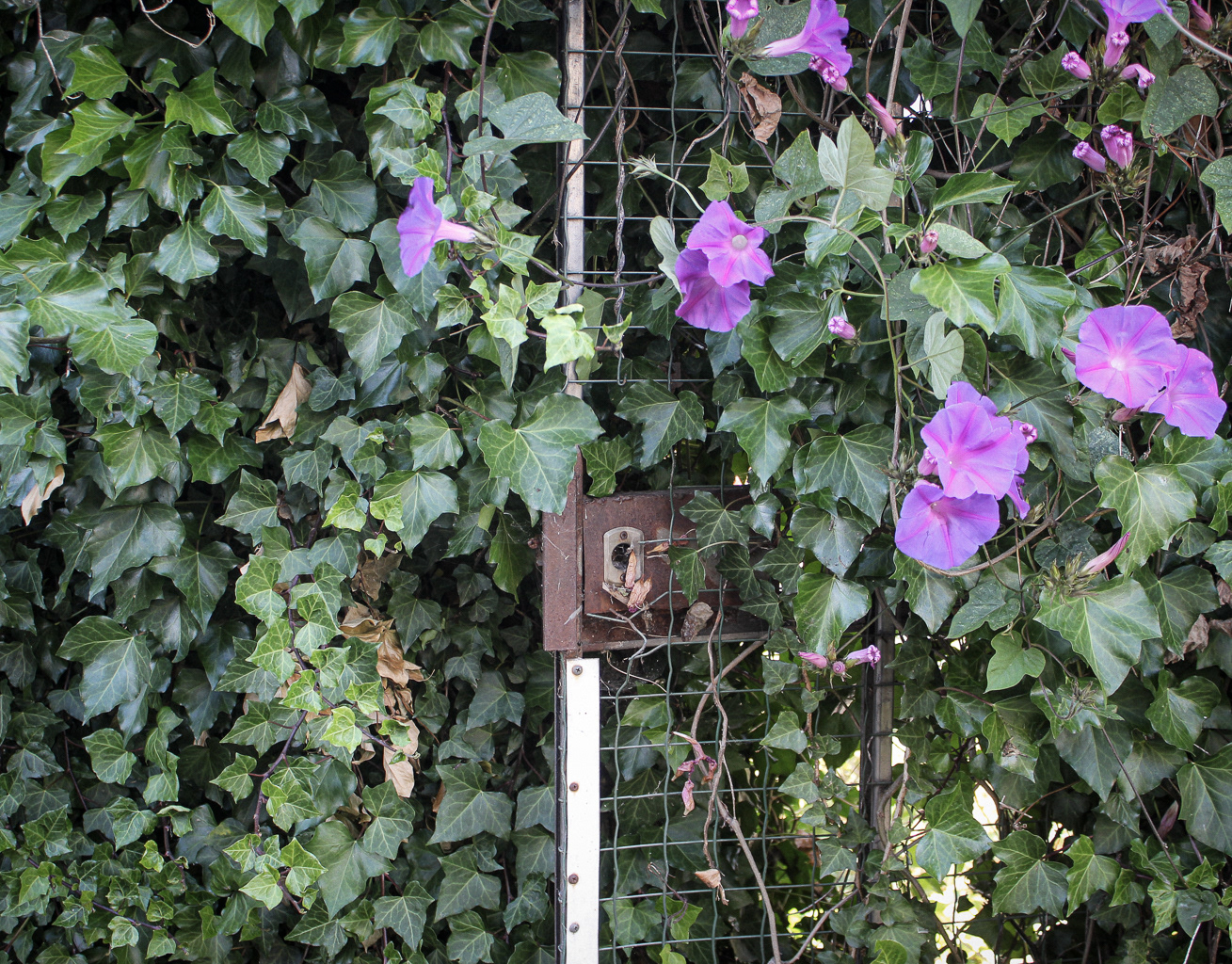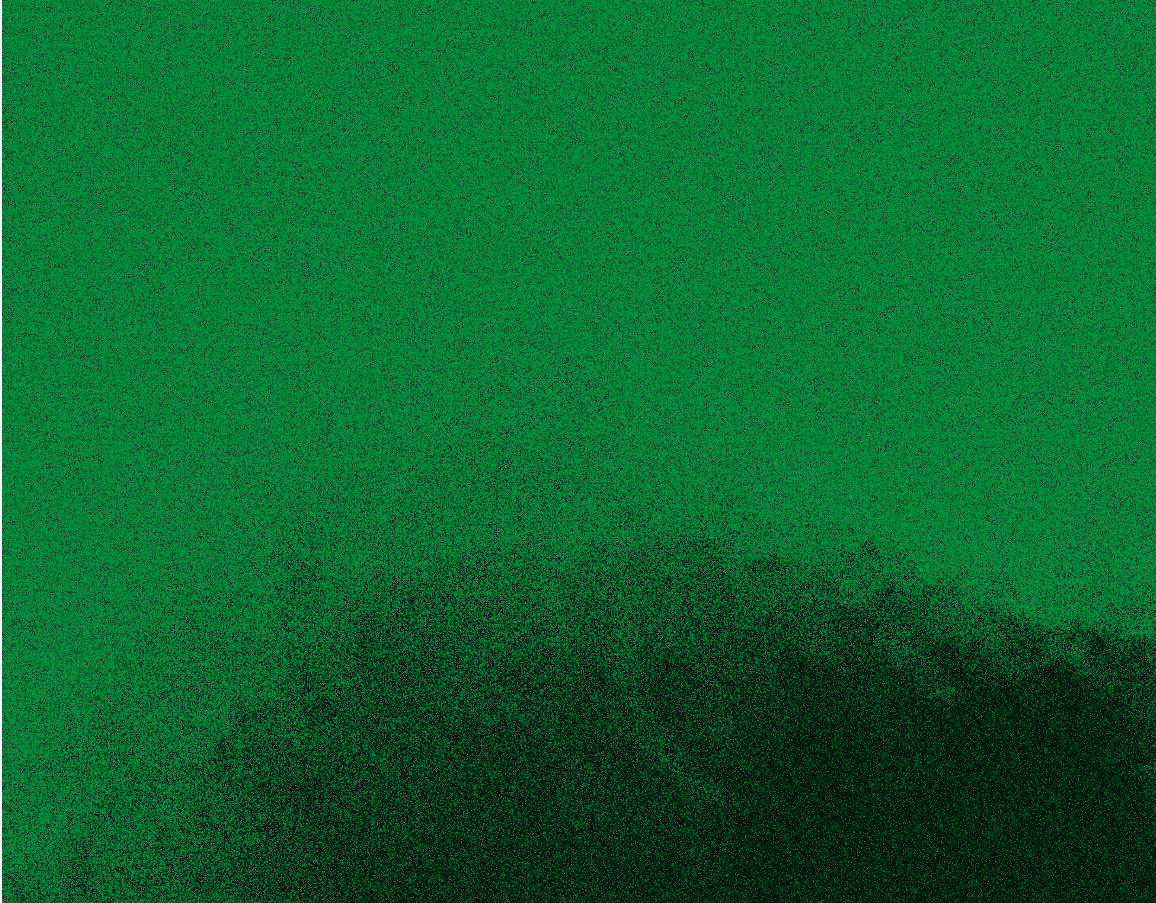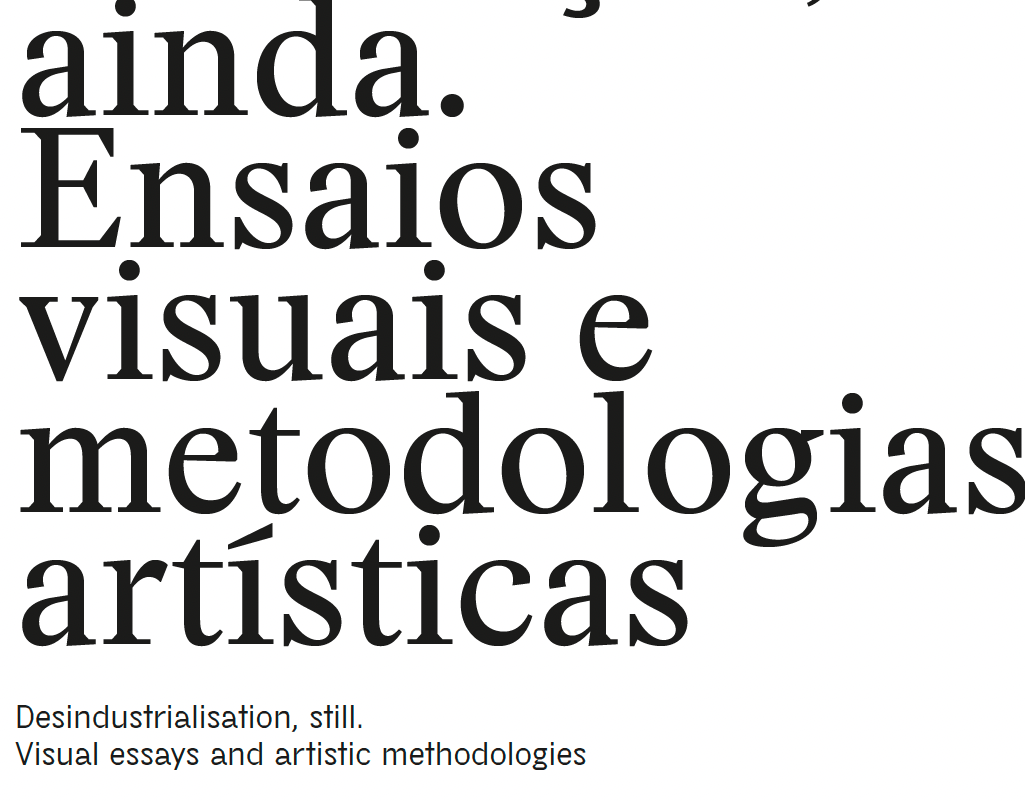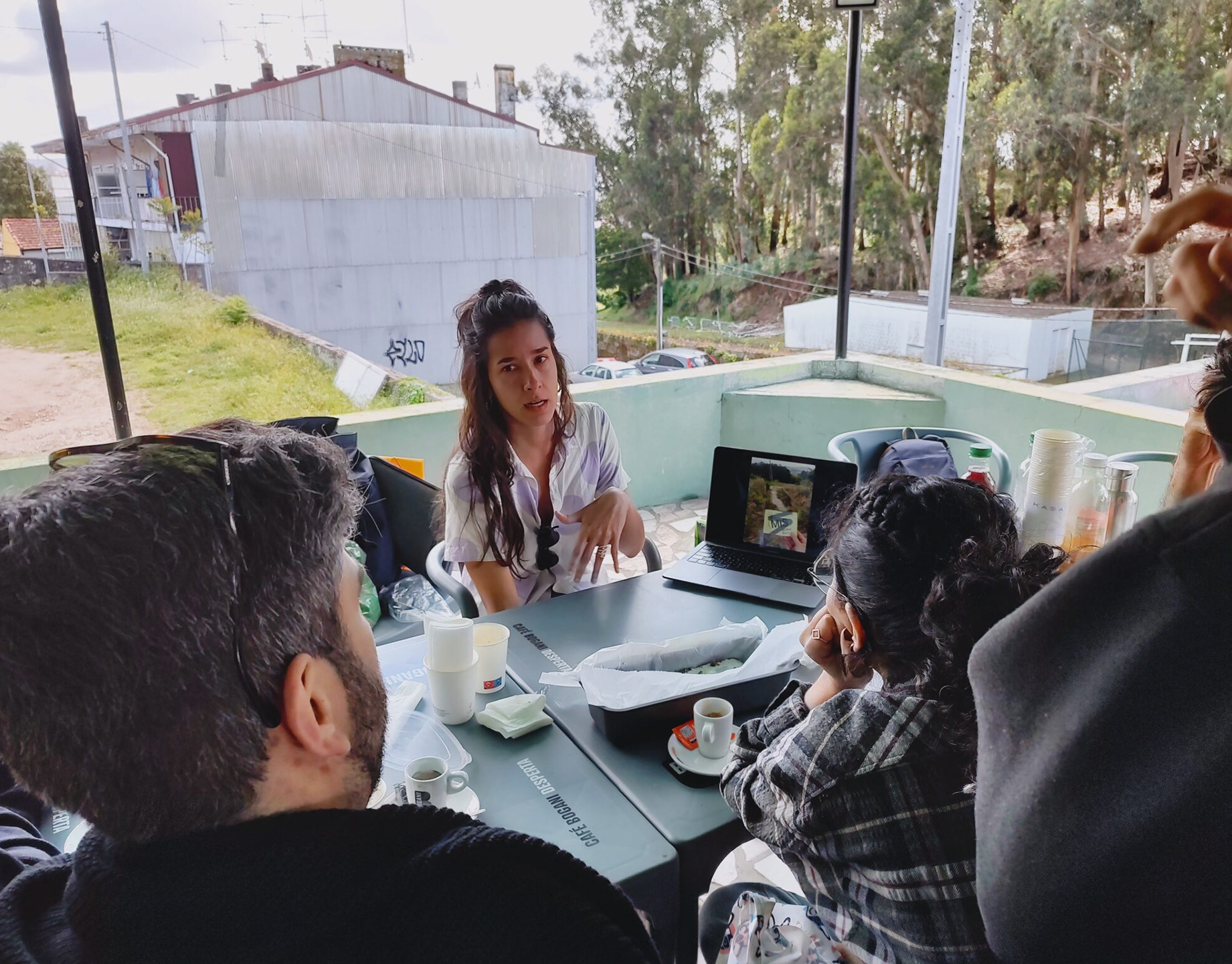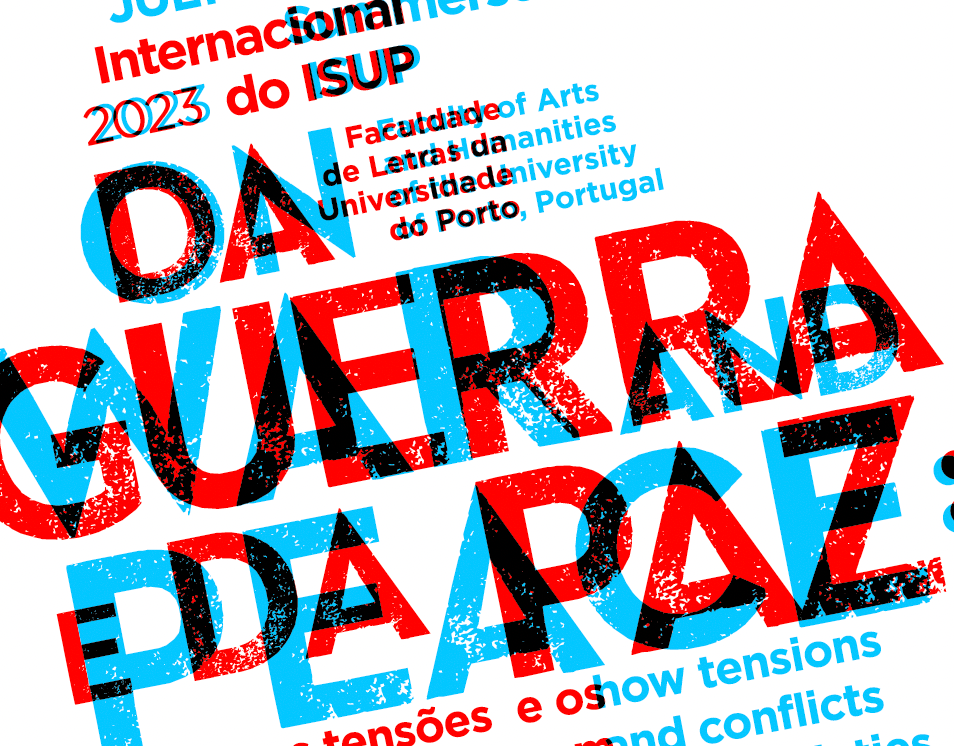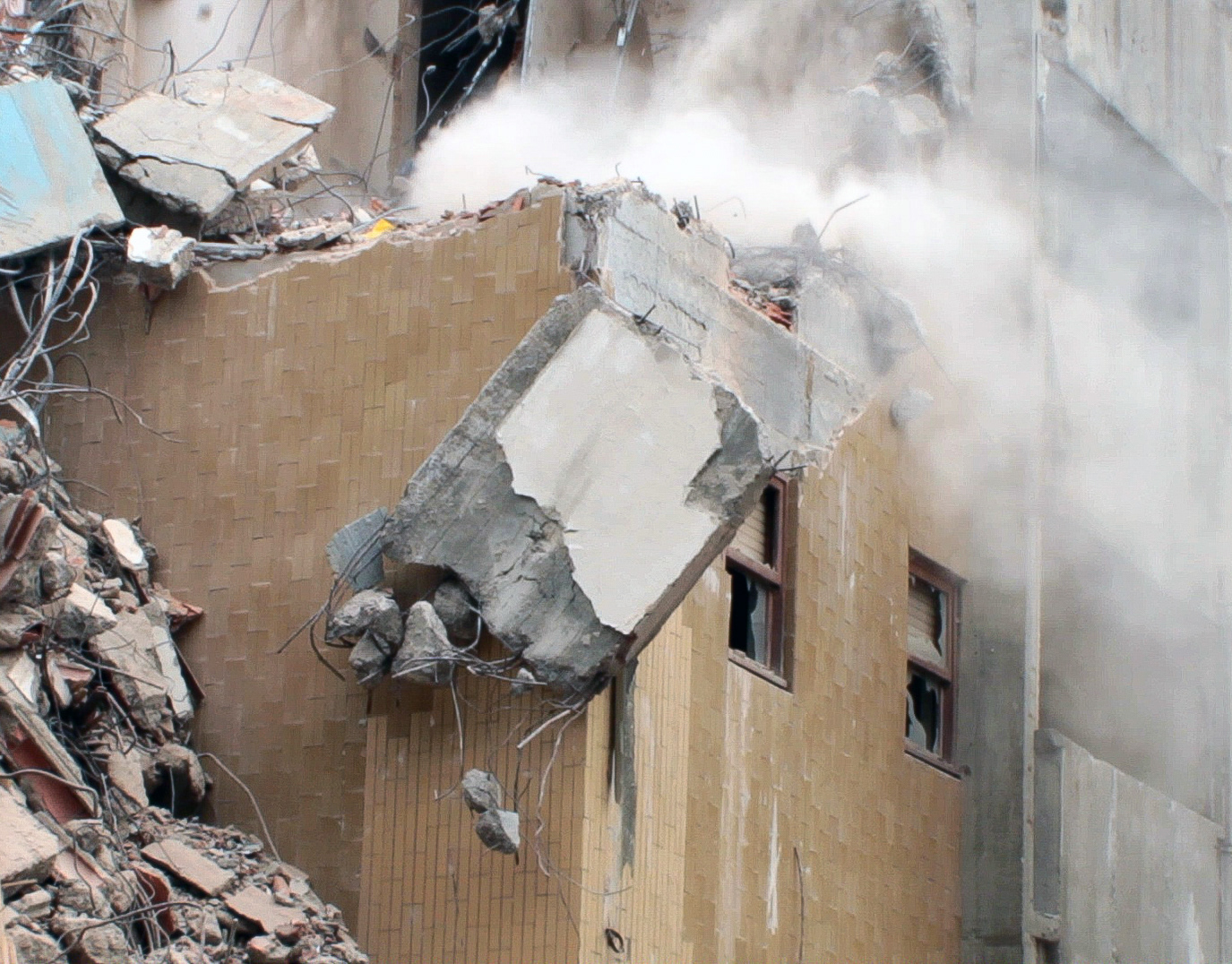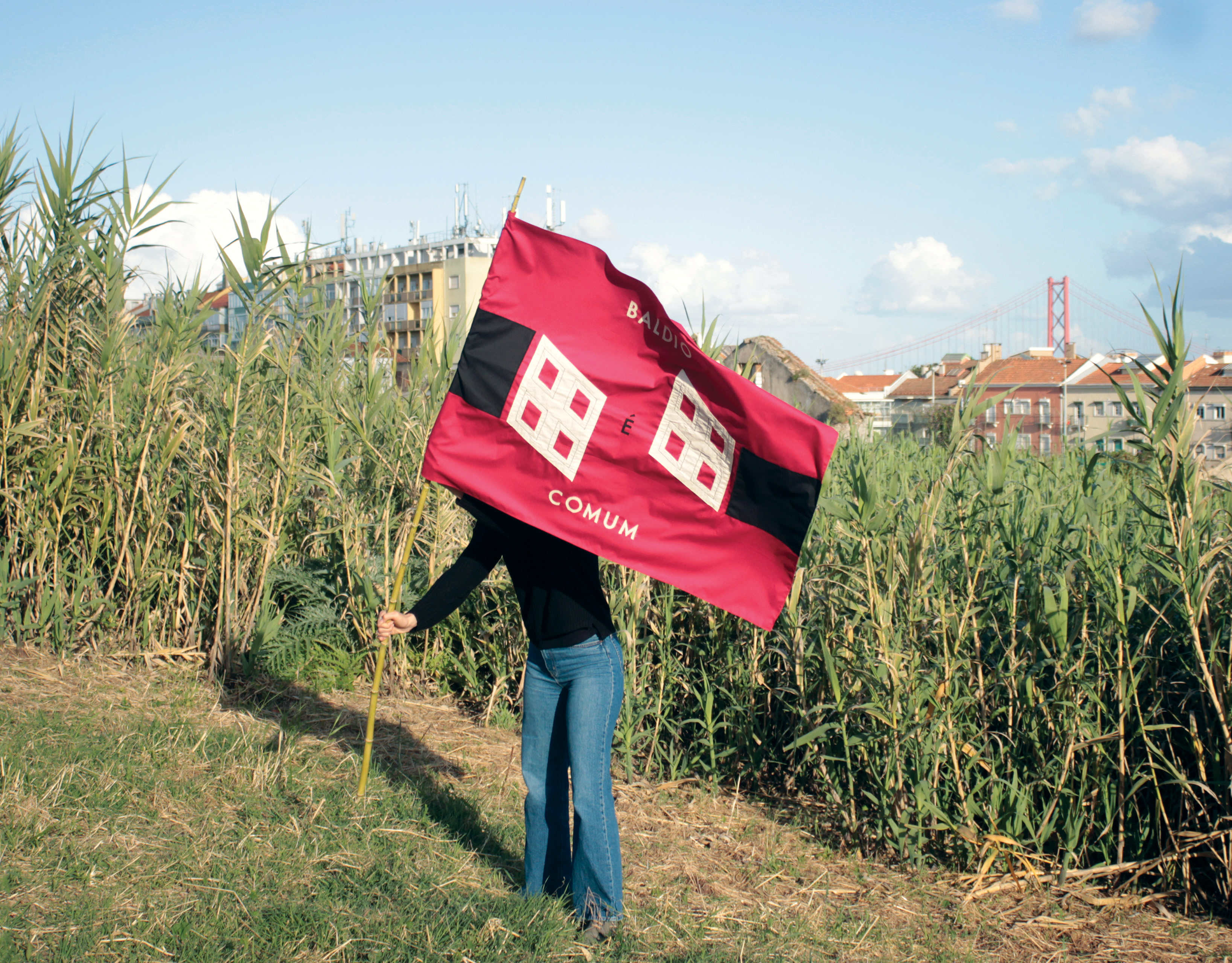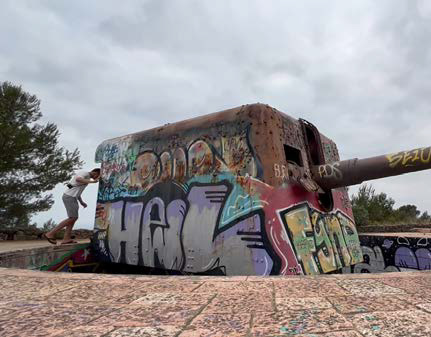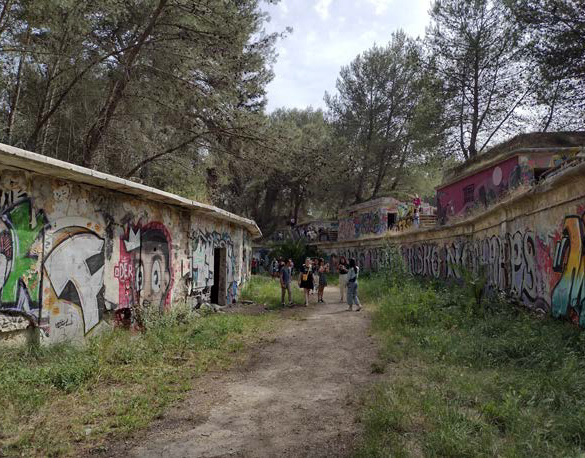What Endures in the Rubble-Image?
article published in the VISTA - Journal of Visual Culture n.13 (janeiro - junho de 2024), themed edition Repairing the Irreparable
Abstract: When a building is demolished, its cohesive and planned structure fractures into countless fragments. These heterogeneous and disorganised fragments blur the boundaries between what was once private — the domestic space — and what is now public — the formerly occupied land. In 2019, I stumbled upon a family photograph amidst the rubble left by the demolition of the last towers of the Bairro do Aleixo in Porto. Constructed in the 1970s, this was a public housing estate designed to accommodate families from Ribeira-Barredo who had been displaced due to urban redevelopment. Throughout the years, the five towers have hosted a sizable and fluctuating population that has adapted and made use of this previously unconventional housing model. From 2011 to 2019, Aleixo underwent three demolition operations, politically supported by arguments citing its structural and social deterioration as justification. The first two were striking implosions broadcasted on television, whereas the final demolition, which I witnessed, unfolded as a slow deconstruction spanning several months. In the photograph, the woman dressed in white poses on a balcony of Tower 1 within the old Bairro do Aleixo. In the background stands the phallic skeleton of Tower 4, which would be imploded decades later. Upon its unearthing, the photograph, weathered by time and circumstance, hinted at a conceptual connection with the debris surrounding it. In this article, my focus centres on this found photograph, aiming to unveil the processes and tensions encapsulated within this fragment. I draw on the ontological connections between photography and death, as well as between photography and ruin, to analyse the spectral image of this obliterated site. I delve into what the encounter with this image might reveal about the memory of the neighbourhood, its public image, and the extensive and violent process of displacing its residents. I reach the concept of a "rubble-image" as pivotal in interpreting this nearly vanished imprint that stubbornly affirms the persistence of a dissenting and complex place, supposedly erased from public space and suppressed from urban memory by dominant sensibilities. [Flora Paim]
Keywords: urban demolition, fragment, found photograph, public representation, ruin

